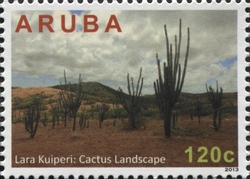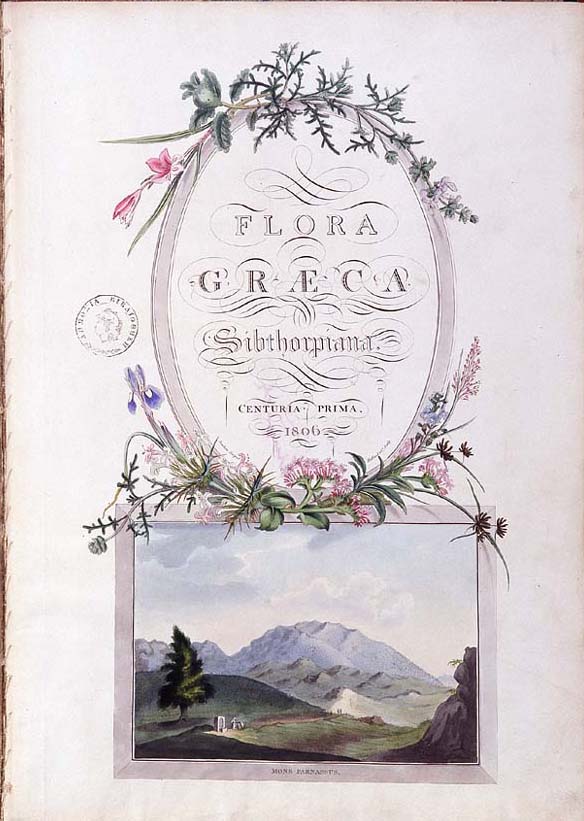Stamp: Photography (Aruba 2013)
Photography (Aruba 2013)
12 November (Aruba ) within release Aruban Nature goes into circulation Stamp Photography face value 1.20 Aruban florin
| Stamp Photography in catalogues | |
|---|---|
| WADP Numbering System - WNS: | WAD:AW068.13 |
Stamp is horizontal format.
Also in the issue Aruban Nature:
- Stamp - Photography face value 1.20;
- Stamp - Photography face value 1.20;
- Stamp - Photography face value 1.20;
- Stamp - Photography face value 1.20;
- Stamp - Photography face value 1.20;
- Stamp - Photography face value 1.20;
- Stamp - Photography face value 1.20;
- Stamp - Photography face value 1.20;
- Stamp - Photography face value 1.20;
- Stamp - Photography face value 1.20;
|
Data entry completed
80%
|
|
|---|---|
| Stamp Photography in digits | |
| Country: | Aruba |
| Date: | 2013-11-12 |
| Size: | 36 x 26 |
| Perforation: | 14 by 14 |
| Format: | Stamp |
| Face Value: | 1.20 Aruban florin |
Stamp Photography it reflects the thematic directions:
In European academic traditions, fine art is made primarily for aesthetics or creative expression, distinguishing it from decorative art or applied art, which also has to serve some practical function, such as pottery or most metalwork. In the aesthetic theories developed in the Italian Renaissance, the highest art was that which allowed the full expression and display of the artist's imagination, unrestricted by any of the practical considerations involved in, say, making and decorating a teapot. It was also considered important that making the artwork did not involve dividing the work between different individuals with specialized skills, as might be necessary with a piece of furniture, for example. Even within the fine arts, there was a hierarchy of genres based on the amount of creative imagination required, with history painting placed higher than still life.
Photography is the art, application, and practice of creating images by recording light, either electronically by means of an image sensor, or chemically by means of a light-sensitive material such as photographic film. It is employed in many fields of science, manufacturing (e.g., photolithography), and business, as well as its more direct uses for art, film and video production, recreational purposes, hobby, and mass communication. A person who captures or takes photographs is called a photographer.
A cactus (pl.: cacti, cactuses, or less commonly, cactus) is a member of the plant family Cactaceae (/kækˈteɪsi.iː, -ˌaɪ/),a family of the order Caryophyllales comprising about 127 genera with some 1,750 known species. The word cactus derives, through Latin, from the Ancient Greek word κάκτος (káktos), a name originally used by Theophrastus for a spiny plant whose identity is now not certain. Cacti occur in a wide range of shapes and sizes. They are native to the Americas, ranging from Patagonia in the south to parts of western Canada in the north, with the exception of Rhipsalis baccifera, which is also found in Africa and Sri Lanka. Cacti are adapted to live in very dry environments, including the Atacama Desert, one of the driest places on Earth. Because of this, cacti show many adaptations to conserve water. For example, almost all cacti are succulents, meaning they have thickened, fleshy parts adapted to store water. Unlike many other succulents, the stem is the only part of most cacti where this vital process takes place. Most species of cacti have lost true leaves, retaining only spines, which are highly modified leaves. As well as defending against herbivores, spines help prevent water loss by reducing air flow close to the cactus and providing some shade. In the absence of true leaves, cacti's enlarged stems carry out photosynthesis.
Flora (pl.: floras or florae) is all the plant life present in a particular region or time, generally the naturally occurring (indigenous) native plants. The corresponding term for animals is fauna, and for fungi, it is funga. Sometimes bacteria and fungi are also referred to as flora as in the terms gut flora or skin flora



